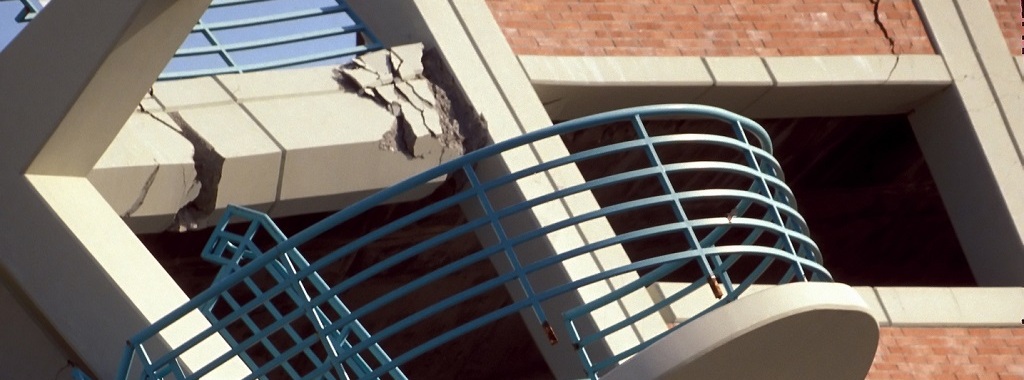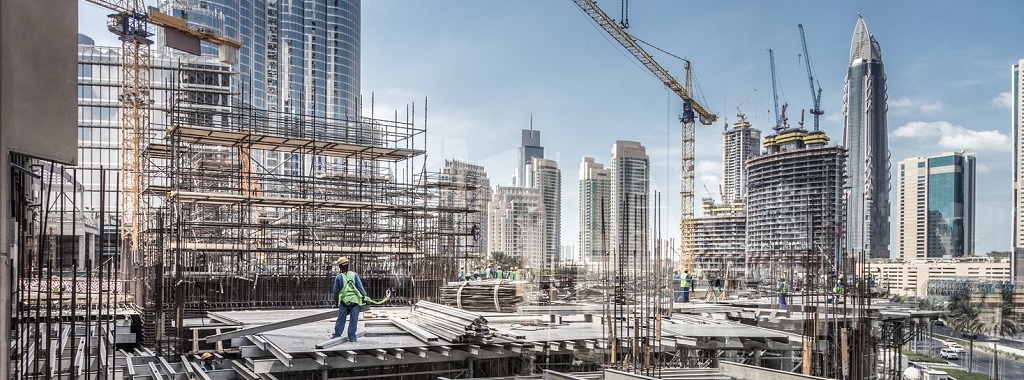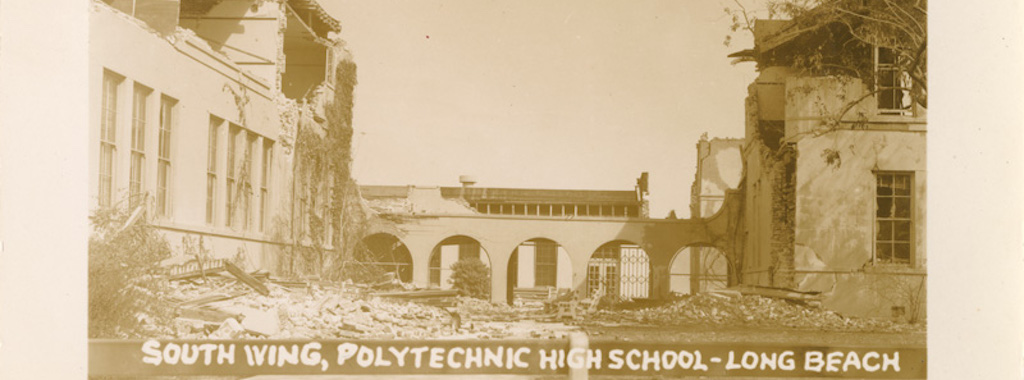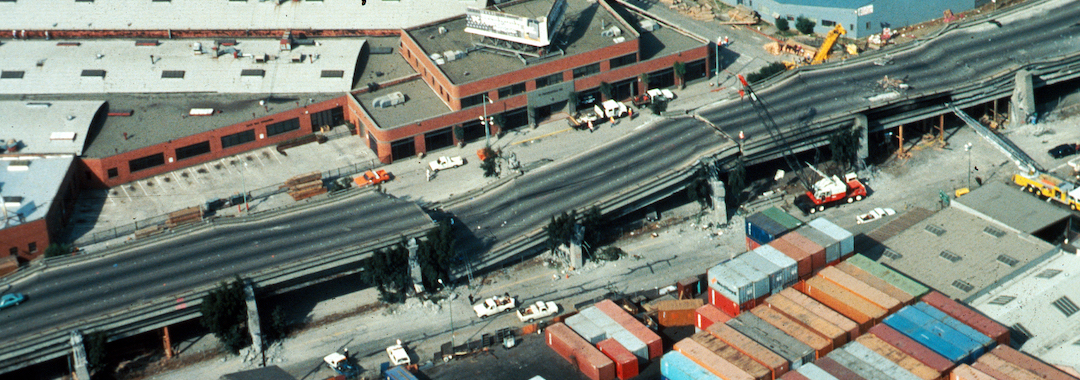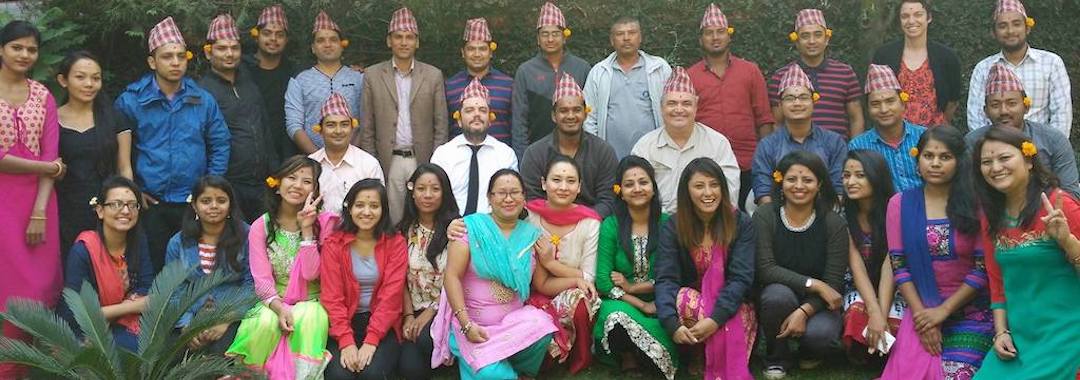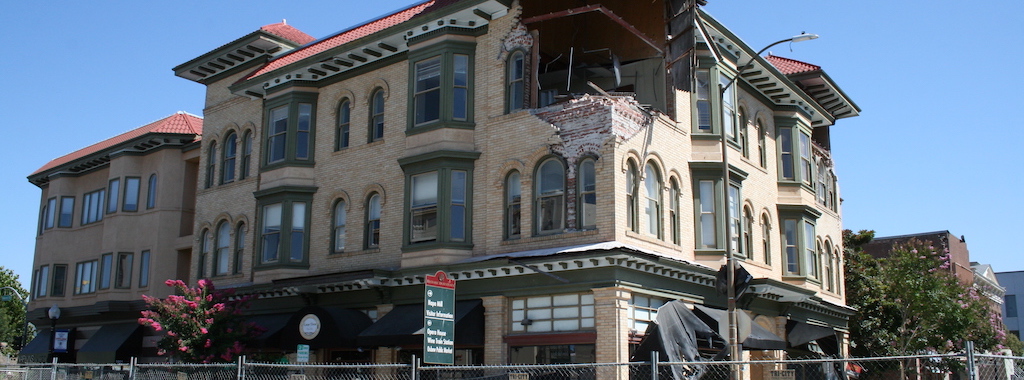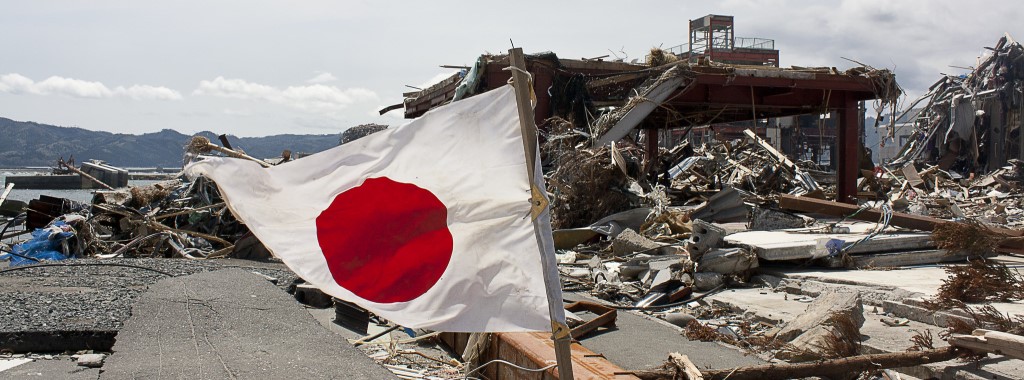Rachel Holland, a Simpson Strong-Tie engineer, reflects on the profound impact of the Northridge earthquake in Southern California on January 17, 1994. Living just 8 miles from the epicenter, the earthquake shaped her perspective on natural disasters and inspired her journey into engineering. In an interview, she shares her vivid memories of the chaos, destruction, and challenges faced during the aftermath. Hear how this seismic event played a pivotal role in shaping Rachel’s career and influencing her commitment to structural engineering.
Tag: Earthquake
Business Owners: “What Else Could Happen?” — Part Two
Remember June 2020? While the pandemic was raging, we produced a blog post entitled “Business Owners Today: What Else Could Happen?” Well, I guess the answer to that rhetorical question is a LOT: the eventual decline of the pandemic, dramatic national government transitions, economic ups and downs, natural disasters and a devasting war abroad.
90 Years Later — How the Long Beach Earthquake Changed California’s Approach to School Construction
On March 10, 1933, around dinnertime, a magnitude 6.4 (Mw) earthquake struck the Long Beach area of California just before 6 p.m., causing widespread damage and resulting in 120 fatalities. This earthquake became a turning point in the way that earthquakes and their impacts were understood and addressed in the western US.
Project Snapshot Series Part 2: Historic Theatre Retrofit Using FRP
Structural renovation work continues on an historic, 1920s-era theater in Hollywood, California. This major renovation will improve the structural performance of the building and help ensure that theatergoers and building occupants are safe in the event of a major earthquake. We are excited to share a second update on this project that focuses on the use of fiber-reinforced polymer (FRP) for strengthening the theater’s roof diaphragm. Continue Reading
The Legacy of Loma Prieta
Every year on October 17, we take a moment to reflect on the 1989 Loma Prieta earthquake. The 6.9-magnitude earthquake was one of the most powerful and costly quakes to shake the San Francisco Bay area since the 7.9-magnitude earthquake of 1906. The quake caused an estimated $6 billion in damage and, tragically, resulted in 63 deaths and 3,757 injuries.
Many of those casualties were due to failing infrastructure when sections of the Nimitz Freeway collapsed.
Simpson Strong-Tie was founded in Oakland, California — practically in the heart of the Bay Area. Earthquakes were never far from the minds of our founders. It’s why even before Loma Prieta our mission was to provide solutions that help people design and build safer, stronger structures. However, it’s safe to say the earthquake not only reinvigorated our mission but inspired countless structural engineers who would go on to define the next 30 years of Simpson Strong-Tie research and development into community resilience.
Build Change: My Favorite Child
With the growing danger of natural disasters, the race is on to expand access to programs that safeguard lives from the human-made danger of poorly built housing. With the common mission of building safer, stronger structures, Build Change and Simpson Strong-Tie have partnered for the Simpson Strong-Tie® Fellowship for Engineering Excellence program. This year’s fellow is Build Change Engineering & Design Services Director Tim Hart, SE. As with our previous fellows, Hart is documenting his journey with the program on the Simpson Strong-Tie Structural Engineering blog. This is his final report.
In 2017, when I was in Nepal working for Build Change, I had a conversation with one of my colleagues about the volunteer work that I had done for the organization over the years. After telling him that I had worked with seven different country programs for Build Change, he asked me which of those countries I liked the best. My first thought was that it was like asking a parent which child he or she liked the best; even if I did have a favorite, I didn’t want to say it out loud for fear of offending my colleagues and friends in all the other countries. I said this to him to deflect the conversation and we went on to discuss other topics. Truth be told, while I enjoyed the culture and hospitality of all my Build Change host countries and believe in the value of the work I’ve done for them , I have a special soft spot for two of them: Indonesia and Nepal.
Business Owners Today: What Else Could Happen?
How can a “Back-to-Business” plan help communities and business owners recover after a damaging event? In this guest blog post, David Cocke, S.E., explores the history of “B2B” programs and how they help expedite the inspection process so owners can get back to normal faster.
Business leaders have a lot to think about nowadays. With the current pandemic crisis, we have to consider health (ourselves, our families and our staff), liabilities, cash flow, workload, client retention and the pipeline for future work. Knock on wood that we don’t have to deal with any kind of natural disaster on top of this current situation, but more on that topic later…
Continue Reading
Dr. Lucy Jones: Mitigation Creates Community Resilience
A Shinto shrine in the Japanese coastal town of Minamisanriku has been the center of its community for centuries. In 1960, a tsunami generated by the great Chilean M9.5 earthquake swept into the ocean bay and damaged the shrine. The priest’s house situated at a higher elevation than the shrine had been spared any damage. The community came together and not only repaired the shrine but moved it up the hill, 50 feet above its previous location, to protect it from future events.
Drop, Cover, and Hold On – Becoming Earthquake-Smart in the 2017 Great ShakeOut
This week’s post was written by Jacob McAuley, Associate Regional Marketing Manager at Simpson Strong-Tie.
Every October, millions of people across the globe participate in earthquake drills as part of an event called the Great ShakeOut in order to improve their earthquake preparedness. This year, the Great ShakeOut took place on October 19 and involved more than 60 countries. In addition to the earthquake drill, participants in the event often take part in other activities such as seminars, Q&As and more. At Simpson Strong-Tie, we practiced earthquake drills at each of our major branches, and, in our Pacific Northwest region, we were part of a Reddit Ask Me Anything event (an online live Q&A) to talk about earthquake safety and answer people’s questions. Below, I discuss our participation in both of these activities.
Continue Reading
5 Steps to a Successful Soft-Story Retrofit
Last year, I gave a presentation at the annual National Council of Structural Engineers Associations (NCSEA) Summit in Orlando, Florida, titled “Becoming a Trusted Advisor: Communication and Selling Skills for Structural Engineers.” As this was a summit for the leaders of the structural engineers associations from across the country, I wasn’t sure how many people would find it valuable to spend their time learning about a very nontechnical topic. To my surprise and delight, the seminar ended up being standing-room only, and I was able to field some great questions from the audience about how they could improve their selling and communication skills. In the many conversations I had with the conference attendees after my presentation, the common theme was that engineers felt they needed more soft-skills training in order to better serve their clients. The problem, however, was finding the time to do so when faced with the daily grind of design work.
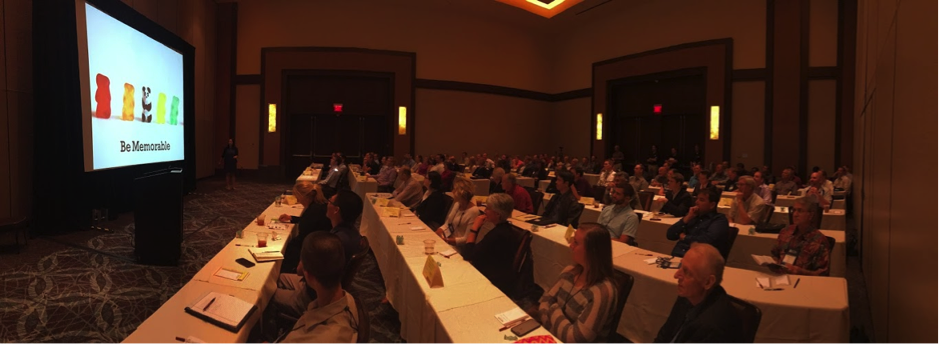
When I started my first job as a design engineer at a structural engineering consulting firm straight out of school, I was very focused on improving and expanding my technical expertise. Whenever possible, I would attend building-code seminars, design reviews and new product solution presentations, all in an effort to learn more about structural engineering. What I found as I progressed through my career, however, was that no matter how much I learned or how hardworking I was, it didn’t really matter if I couldn’t successfully convey my knowledge or ideas to the person who really mattered most: the client.
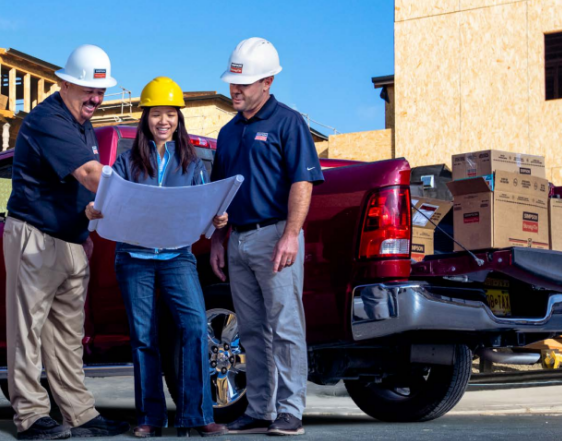
How can an engineer be most effective in explaining a proposed action or solution to a client? You have to be able to effectively sell your idea by understanding the needs of your client as well as any reasons for hesitation. The importance of effective communication and persuasion is probably intuitive to anyone who’s been on the sales side of the business, but not something that occurs naturally to data-driven folks like engineers. As a result of recent legislation in California, however, structural engineers are starting to be inundated with questions from a group of folks who have suddenly found themselves responsible for seismically upgrading their properties: apartment building owners in San Francisco and Los Angeles.
Imagine for a moment that you are a building owner who has received a soft-story retrofit notice under the City of Los Angeles’ Ordinance 183893; you have zero knowledge of structural engineering or what this term “soft-story” even means. Who will be your trusted advisor to help you sort it out? The City of Los Angeles Department of Building and Safety (LADBS) has put together a helpful mandatory ordinance website that explains the programs and also offers an FAQ for building owners that lets them know the first step in the process: hire an engineer or architect licensed in the state of California to evaluate the building.
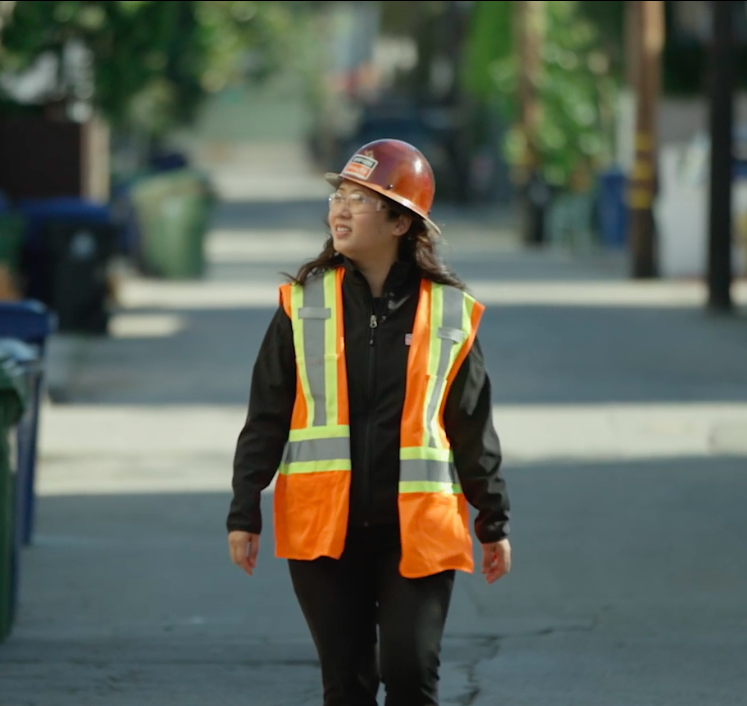
I’ve had the opportunity to be the first point of contact for a building owner after they received a mandatory notice, because it turns out some relatives own an apartment building with soft-story tuck-under parking. Panicked by the notice, they called me looking to understand why they were being forced to retrofit a building that “never had any problems in the past.” They were worried they would lose rent money due to tenants needing to relocate, worried about how to meet the requirements of the ordinance and, most importantly, worried about how much it was going to cost them. What they really wanted was a simple, straightforward answer to their questions, and I did my best to explain the necessity behind retrofitting these vulnerable buildings and give an estimated time frame and cost that I had learned from attending the first Los Angeles Retrofit Resource Fair in April 2016. With close to 18,000 buildings in the cities of San Francisco and Los Angeles alone that have been classified as “soft-story,” this equates to quite a number of building owners who will have similar questions and be searching for answers.
To help provide an additional resource, Simpson Strong-Tie will be hosting a webinar for building owners in the Los Angeles area who have received a mandatory soft-story retrofit notice. Jeff Ellis and I will be covering “5 Steps to a Successful Retrofit” and helping to set a clear project path for building owners. The five steps that Simpson Strong-Tie will be recommending are:
- Understanding the Seismic Retrofit Mandate
- Partnering with Design Professionals
- Submitting Building Plans with the Right Retrofit Product Solutions
- Communicating with Your Building Tenants
- Completing Your Soft-Story Retrofit
We encourage you to invite any clients or potential clients to attend this informative webinar, which will lay the foundation for great communication between the two of you. As part of the webinar, we will be asking the building owners for their comments, questions and feedback so we can better understand what information they need to make informed decisions, and we will be sure to share these with the structural engineering community in a future post. By working together to support better communication and understanding among all stakeholders in retrofit projects, we will be well on our way to creating stronger and more resilient communities!
For additional information or articles of interest, there are several resources available:
- Register for the “5 Steps to a Successful Retrofit” webinar on April 26
- Register to attend the 2nd Los Angeles Seismic Retrofit Resource Fair on April 17 (and stop by the Simpson Strong-Tie booth!)
- Find a structural engineer through the Structural Engineers Association of Southern California (SEAOSC)
- Resilience by Design: City of Los Angeles Lays Out A Seismic Safety Plan
- City of San Francisco Implements Soft-Story Retrofit Ordinance
- Soft-Story Retrofits Using the New Simpson Strong-Tie Retrofit Design Guide
- Visit the Simpson Strong-TieSoft-Story Retrofit Center
- The Los Angeles Times Soft-Story Map

